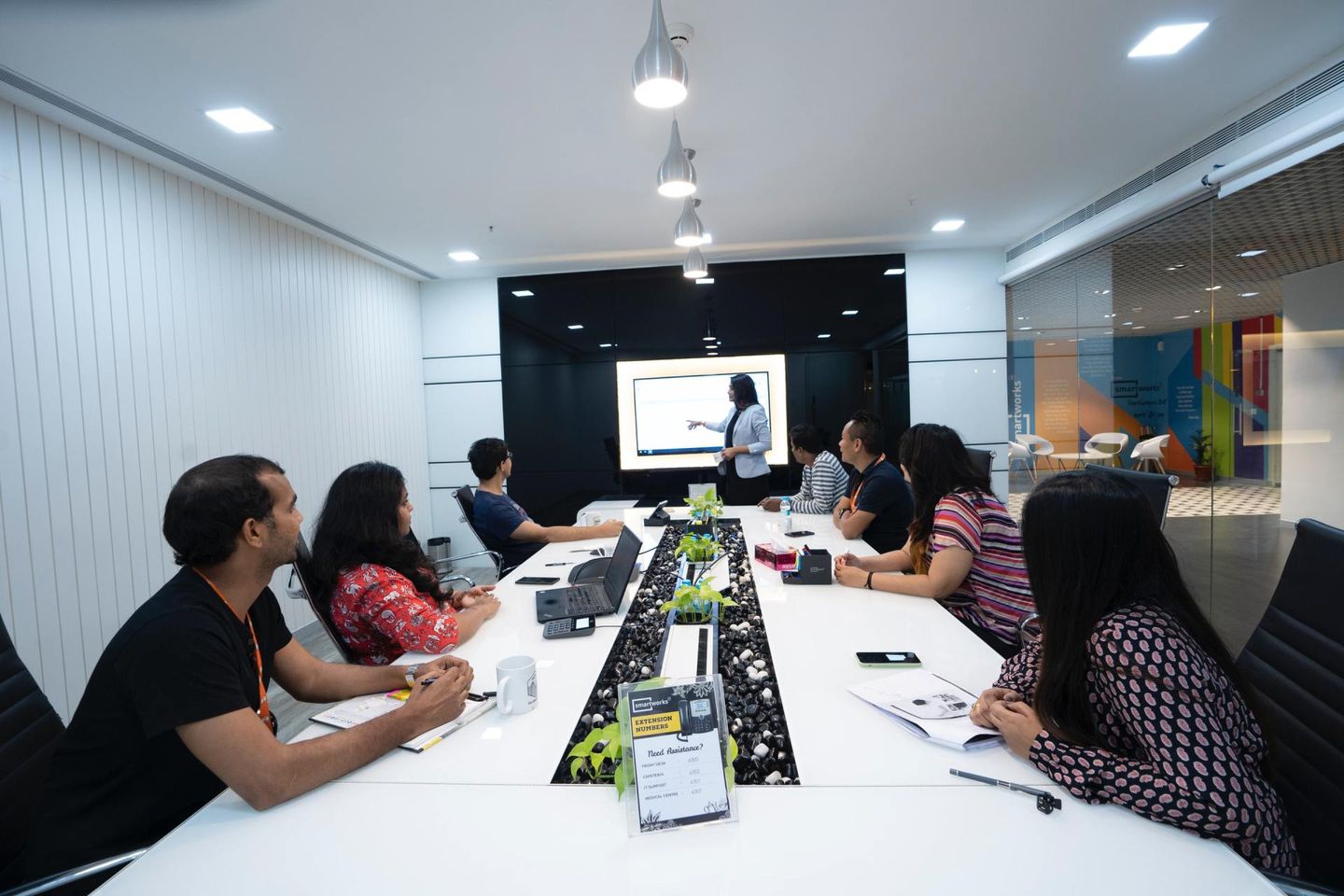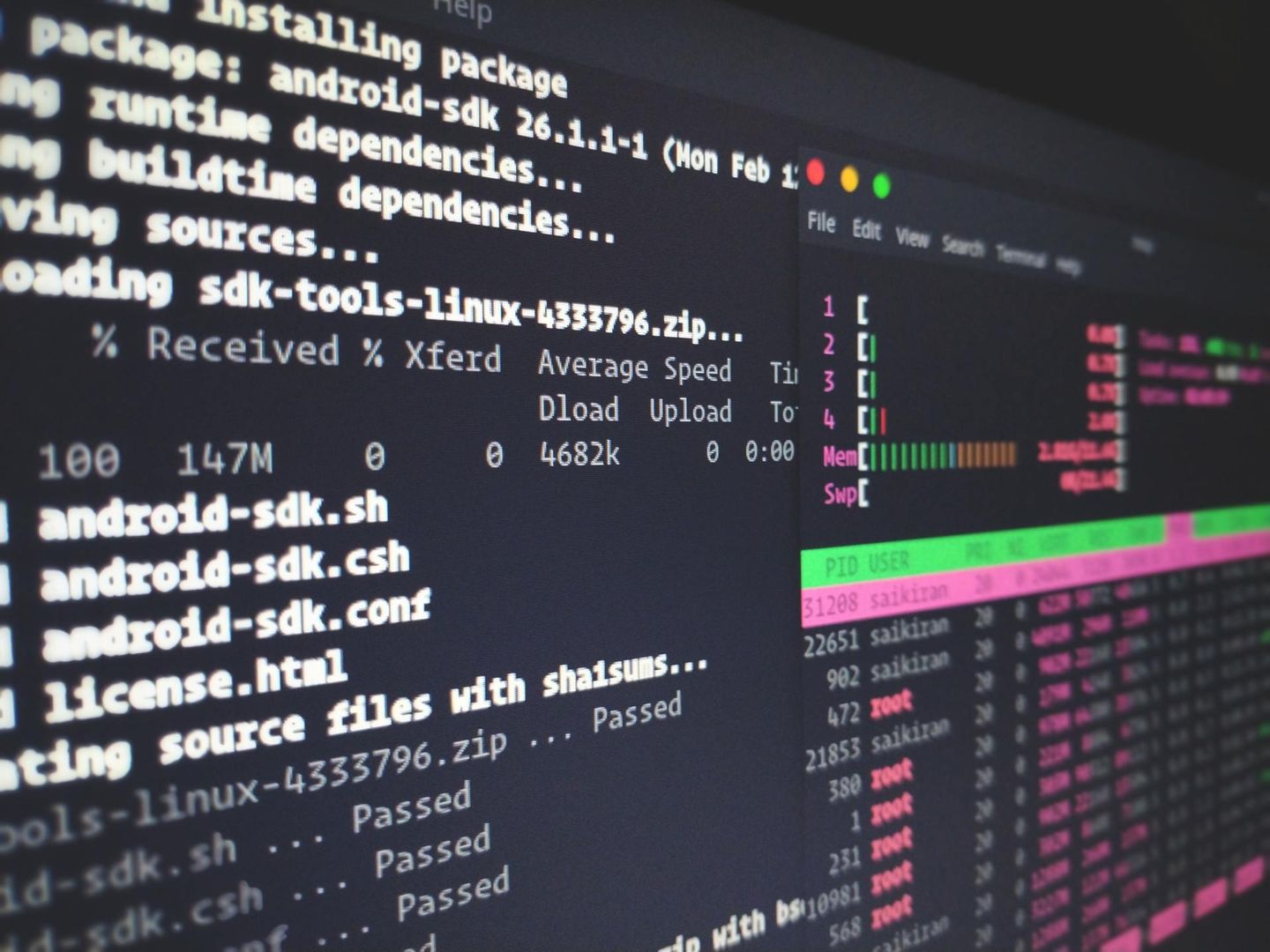Control Systems - The Good, The Bad and The Ugly
The primary purpose of a control system is to bring all the technology within the room to a single point of simple interaction. It should allow someone with no prior knowledge of the technology in that room to walk in and host a meeting by making informed choices as to what is available and how to access it
The control system is often your end-users defining experience of an Audio Visual system. A well-programmed and designed control system can make even the most technically complex and feature-rich AV system a simple and pleasurable user experience and relieve that dependency on technical support departments. In contrast, poorly designed or programmed control systems can make even the most basic of tasks a challenge and can put a strain on technical departments to support meetings which should be user run, as well as driving down user satisfaction of the meeting room technology
Control System Operation
Typically a control system is operated through a touch screen panel which is either table or wall-mounted, or a wireless touch panel such as a dedicated device or a tablet/phone. These are designed and customised to meet your exact needs. They should offer the exact controls needed to host a meeting and be laid out clearly and intuitively with obvious indications as to the outcome of what each interaction will enact, as well as an obvious indication of the current state of the system
For clients who have a technical department who will oversee and be the front line of support for the technology, we can provide a second layer of control, exposing a more granular level of control and system overview to facilitate troubleshooting and offer flexibility in expanded options for those unique meeting require
Automation and Analytics
Automation is a key component of a control system. Applied correctly it can reduce user interaction with a control interface whilst still allowing full use of the AV in that room. A basic example of such automation could be the detection of a device being connected to the AV system by the HDMI cable which could then turn the display on and route that device to the display without the user doing anything more than connecting their device
Automation can go much further and reduce the steps needed to achieve common tasks. These solutions are best affirmed by data-backed research and for this, we recommend adopting our usage data analytics into your control system to observe how users interact with the system first to see which tasks can be simplified
Please contact us if you would like to install or upgrade your organisations AV Control System Solutions


